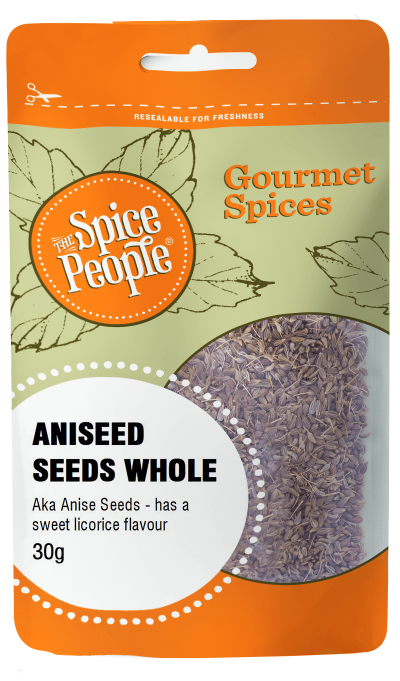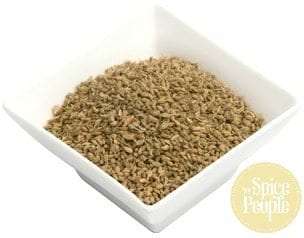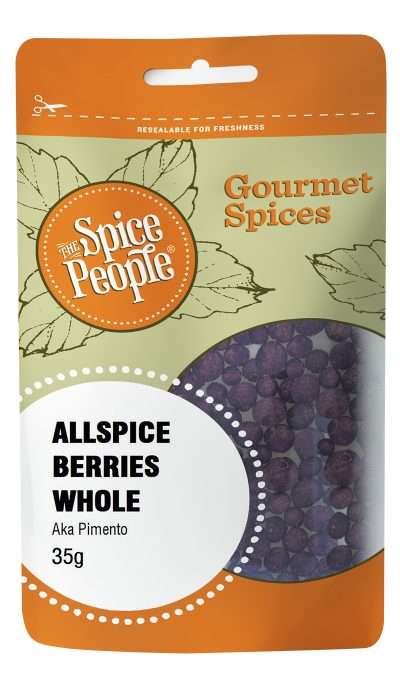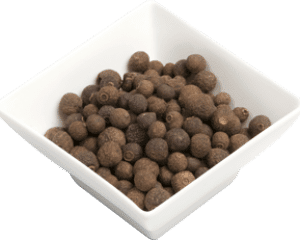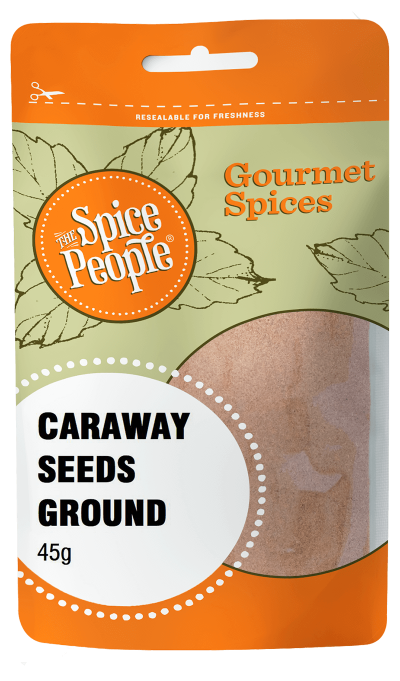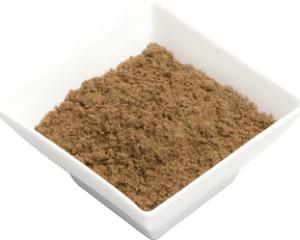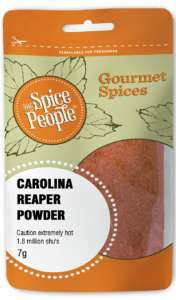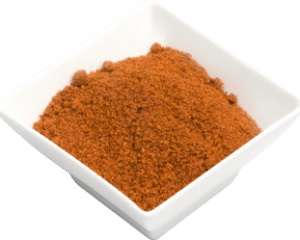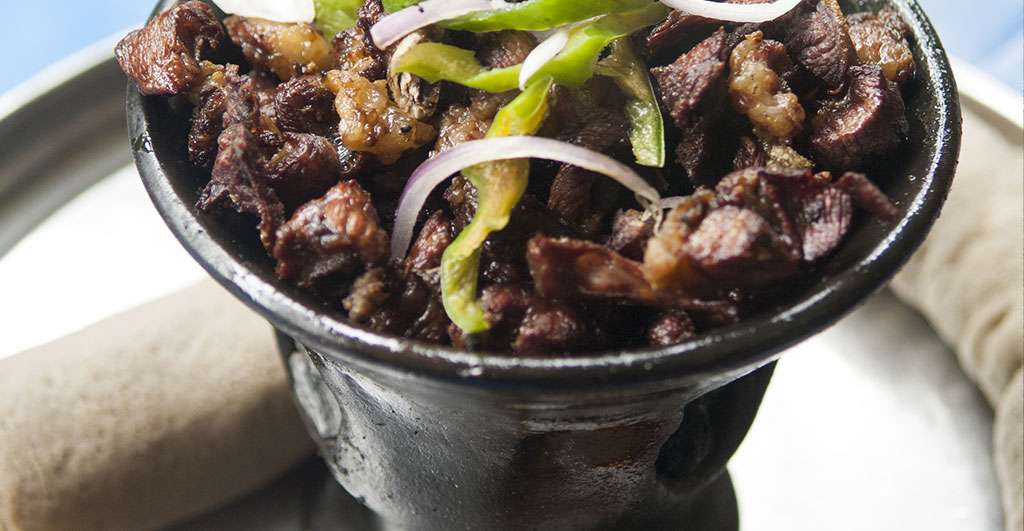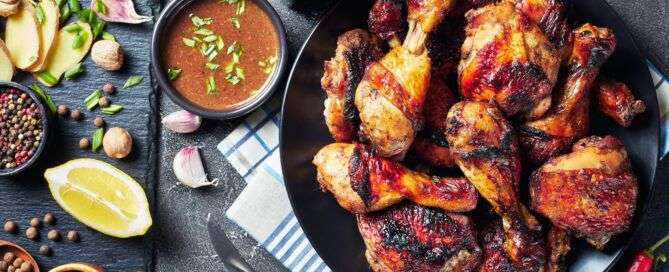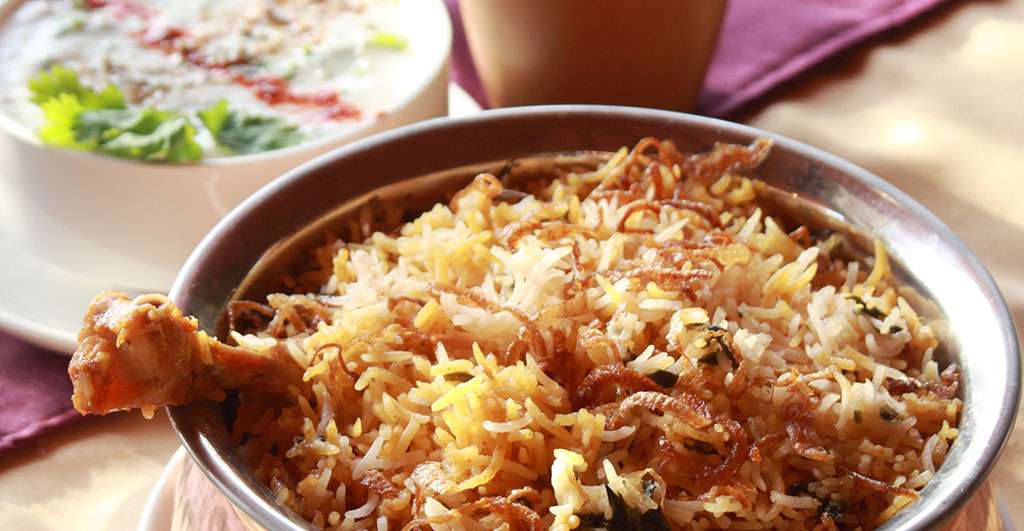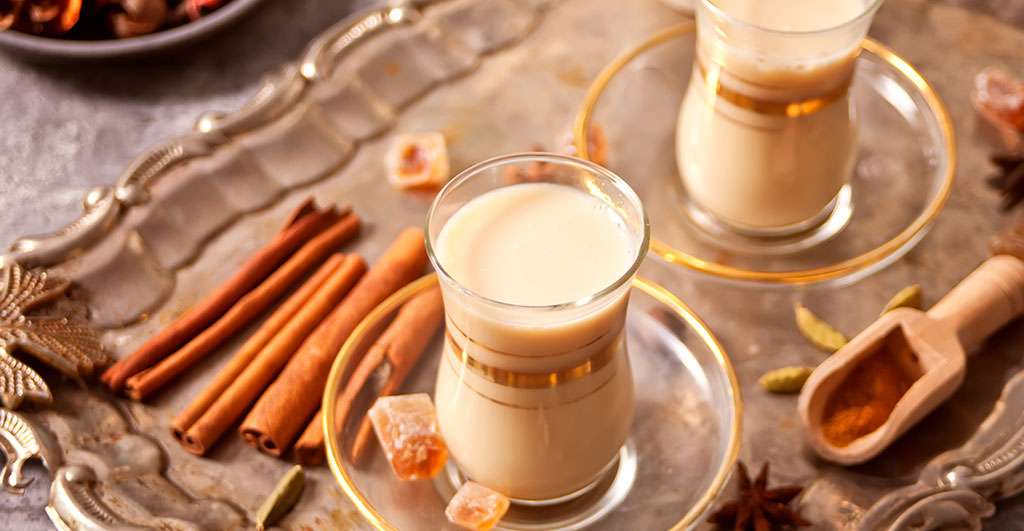Pepper Lemon Seasoning ***salt free*** – Mild – 45g
222 in stock
Product description
Pepper Lemon is a lovely blend of pepper, lemon peel, citric acid and herbs and spices. This classic blend has a citrus flavour that can be used as everyday cooking to add flavour to any fresh and cooked dishes. It can be sprinkled onto fish, chicken or vegetables. Perfect for adding a zesty warm kick to dishes. A great alternative to regular black pepper for a bit of a different unique flavour. Add into dishes and sauces or simply use to sprinkle on top as a seasoning. Whip into softened butter to make a delicious lemony herb butter perfect for basting roast chicken in or just spread on a warm piece of toast for a snack or side to any meal. Stir through a cream sauce and add to pasta.
Flavour Notes:
A delicate combination of cracked black pepper, lemon peel, citric acid, bell peppers, parsley, onion, garlic, and turmeric, this unique blend is the perfect balance of zest, warmth, sweetness, and umami.
Culinary Notes:
This versatile seasoning is perfect for use on fish or seafood but can be used to flavour just about anything in place of regular black pepper.
Ingredients:
Lemon Pepper is a lovely blend of cracked black pepper, lemon peel, citric acid, bell peppers, parsley, onion, garlic, and turmeric.
How to use

The Spice People FAQs


The Spice People FAQs

Other Spices you may like
Featured in



Join the Spice People to Get Started on Your Culinary Spice Journey!
Be the first to hear about our exclusive promotions, new product releases, recipes and more.






